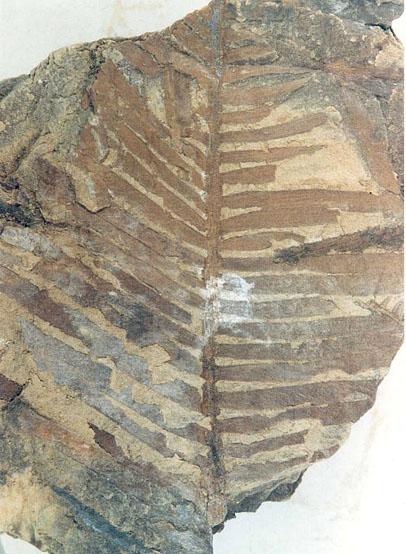
+- WildFact (https://wildfact.com/forum)
+-- Forum: Information Section (https://wildfact.com/forum/forum-information-section)
+--- Forum: Extinct Animals (https://wildfact.com/forum/forum-extinct-animals)
+---- Forum: Dinosaurs (https://wildfact.com/forum/forum-dinosaurs)
+---- Thread: Flora in the Time of Dinosaurs (/topic-flora-in-the-time-of-dinosaurs)
Flora in the Time of Dinosaurs - tigerluver - 03-06-2015
@Pckts brought up a very good point on flora of the dinosaur's time period. Everyone's familiar with the essential place of plants in ecology, so let's discuss the flora from the time of the titans, the dinosaurs.
I don't know much on these eras, so I'll post research and their summaries. Everyone is encouraged to join in.
I'll start with the...
Triassic period (250-200 Mya):
Gymnosperms evolved and dominated during this period, and through the rest of the mesozoic era. Many seed ferns were also present. Dinosaurs were relatively smaller during the triassic, and so was the flora.
Examples of seed ferns were:
Leptocycas - A 1.5 m tall palm tree like plant.
A fossil of the species :

*This image is copyright of its original author
A reconstruction:

*This image is copyright of its original author
Horsetails - These were likely one of the main sources of nutrition for herbivores. They were large, with some species reaching 7 m in height.
Here's an example, Neocalamites:

*This image is copyright of its original author
Glossopteris - Standing 3.6 m tall, this tree-like seed fern found itself well at home on the landmass of Gondwana.

*This image is copyright of its original author

*This image is copyright of its original author
Large seeds ferns like these likely played a part in the gigantism of the animals at the time, but gymnosperms certainly had a strong effect as well.
Interestingly, some gymnosperms of the time survive today as living fossils.
One genus is Ginkgo. These may have evolved as early as 270 Mya. Today, the species is native to China, and has been reported to reach heights of over 50 m. With trees of this size, one can see why longnecks would evolve sooner or later.
The modern form is common and looks like this:

*This image is copyright of its original author
Ginkgos are said to remain essentially unchanged from the triassic forms, in a way a mind boggling snapshot of life millions of years ago.
Fossils of ginkgos:

*This image is copyright of its original author

*This image is copyright of its original author

*This image is copyright of its original author

*This image is copyright of its original author
My summaries here can only touch on so much. Here are some papers for those who'd like to read deeper on mesozoic flora:
An overview: https://notendur.hi.is/oi/Nemendaritgerdir/Audur%20-%20An%20introduction%20to%20the%20Mezozoic%20Paleobotany.pdf
Horsetails: http://www.dolomythos.com/download/2011_Sphenophyta.pdf
Gymnosperms: http://paleobotany.bio.ku.edu/taylorPDFs/[2003]%20Klavins%20et%20al.-Gymnosperms%20from%20the%20Middle%20Triassic%20of%20Antarctica.pdf
Ginkgos: http://www.oregon.gov/odf/urbanforests/docs/featuredtreeginko.pdf